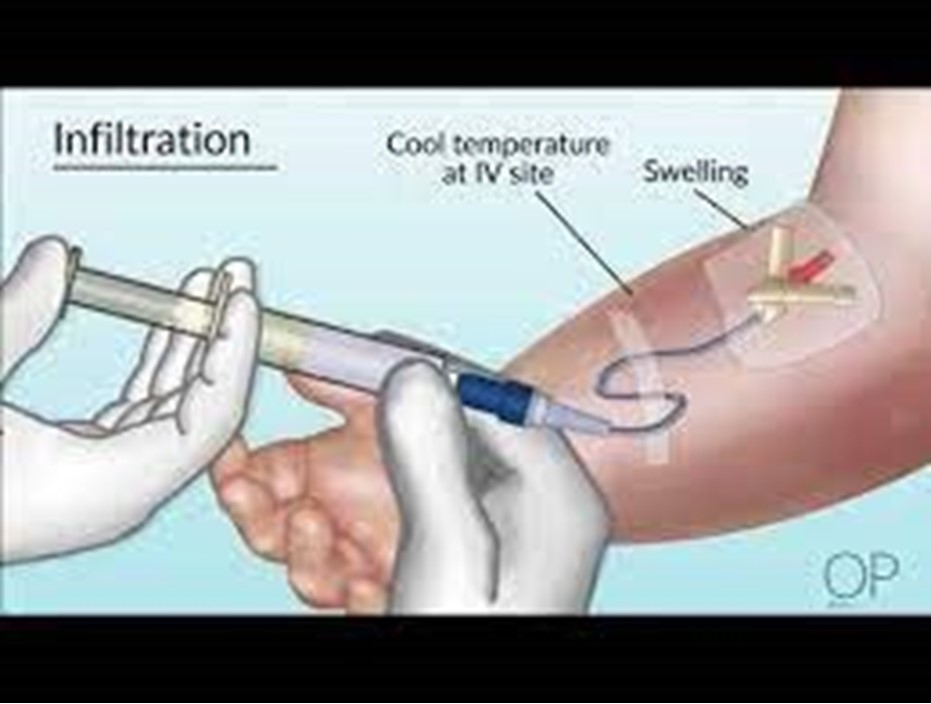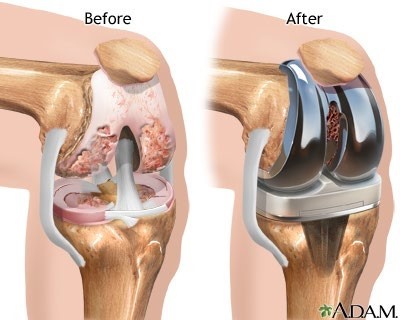Prior to an invasive examination of a hospitalized client, a consent form should be obtained. Which action best describes the responsibility of the practical nurse (PN)?
Explains the examination and asks the client to sign the consent form.
Obtains the medical record for the correct signed consent form prior to the examination.
Asks if the client understands the exam and why the consent form must be signed.
Witnesses the client's signature on the consent form after it is explained by the provider.
The Correct Answer is D
This is the best action that describes the responsibility of the PN because it ensures that the client has given informed consent for the invasive examination and that the consent form is valid and documented. The PN should verify that the provider has explained the examination, its risks and benefits, and alternative options to the client and that the client has agreed to proceed.
Nursing Test Bank
Naxlex Comprehensive Predictor Exams
Related Questions
Correct Answer is C
Explanation
The correct answer is choice C - IV infusion site is infiltrated. Choice A rationale:
The client reports feeling nauseous. While this symptom should be monitored, it is not the most crucial finding to report for a client in Addison's crisis. Nausea can be a common symptom during various medical conditions and may not warrant immediate action.
Choice B rationale:
Has not voided in four hours. While monitoring urine output is important, it may not be the most critical finding in Addison's crisis. Other symptoms like electrolyte imbalances and
circulatory collapse is more concerning in this scenario.
Choice C rationale:

IV infusion site is infiltrated. In Addison's crisis, the client's condition may be precarious, and any complications with IV therapy could worsen the situation. It is essential to report this finding promptly to prevent further complications.
Choice D rationale:
A serum glucose level of 85 mg/dL. While monitoring glucose levels is essential in many situations, a glucose level of 85 mg/dL is within the reference range, which means it is not the most critical finding in Addison's crisis.
Correct Answer is B
Explanation
This is the observation that indicates that the UAPs need additional information about the turning procedure because it is incorrect and may cause complications for the client. The client who had a hip arthroplasty with prosthesis placement should not keep both legs straight and together while turning because this may cause dislocation of the prosthesis, nerve damage, or bleeding. The client should keep the affected leg slightly abducted and supported with pillows or an abduction device.

A. An abduction pillow is placed between the client's legs when positioned correctly and does not indicate a need for additional information. This helps to maintain proper alignment and prevent dislocation of the prosthesis.
C. A turning sheet is used under the client for turning and repositioning is correct and does not indicate a need for additional information. This helps to reduce friction and shear forces on the skin and prevent pressure ulcers.
D. The UAPs keep their backs straight and knees bent when moving the client is correct and does not indicate a need for additional information. This helps to protect their own musculoskeletal health and prevent injuries.
Whether you are a student looking to ace your exams or a practicing nurse seeking to enhance your expertise , our nursing education contents will empower you with the confidence and competence to make a difference in the lives of patients and become a respected leader in the healthcare field.
Visit Naxlex, invest in your future and unlock endless possibilities with our unparalleled nursing education contents today
Report Wrong Answer on the Current Question
Do you disagree with the answer? If yes, what is your expected answer? Explain.
Kindly be descriptive with the issue you are facing.
